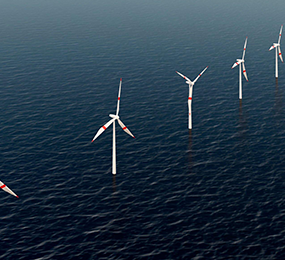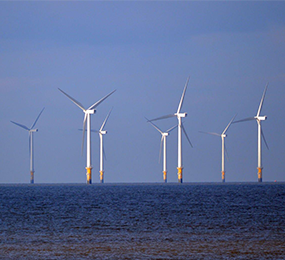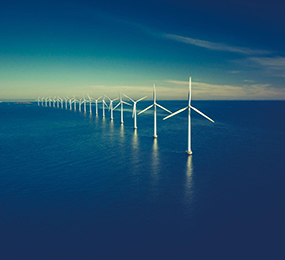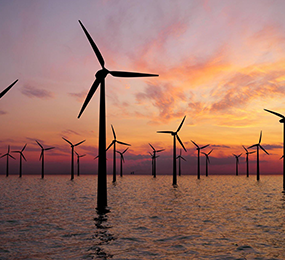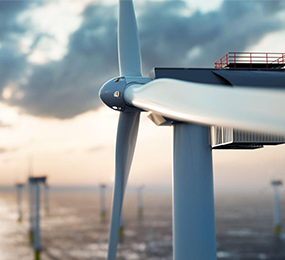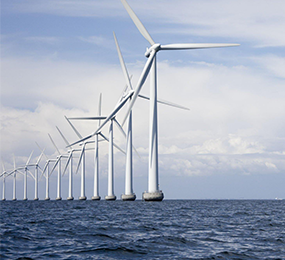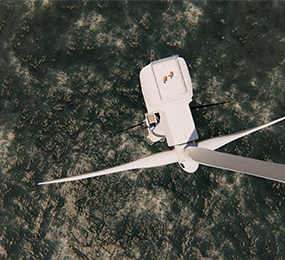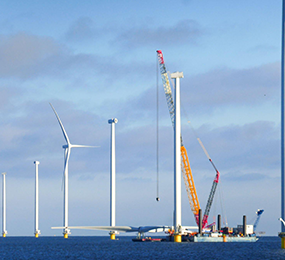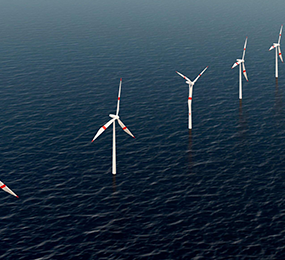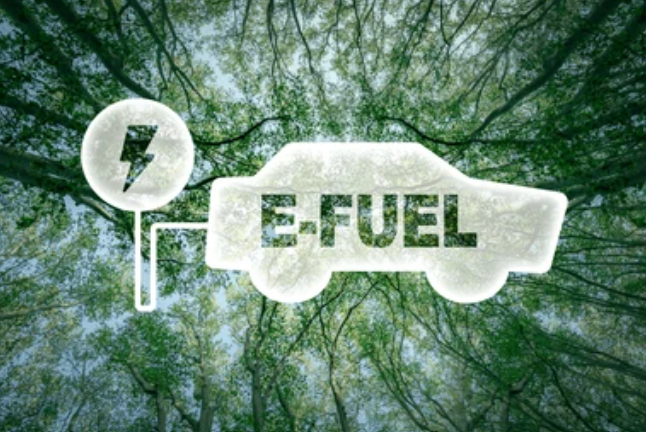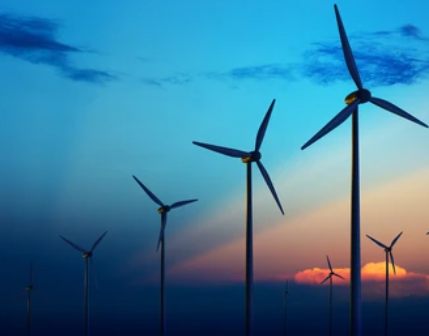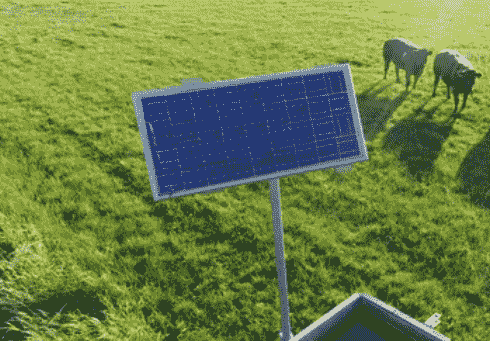The Role of Floating Wind Energy in Disaster Resilience and Emergency Power Supply
The role of floating wind energy in disaster resilience and emergency power supply is gaining recognition as an innovative and sustainable solution to address energy needs during times of crisis. Floating wind turbines, which are positioned offshore, offer several advantages in disaster-prone regions.
First, the offshore placement of floating wind turbines makes them less vulnerable to land-based disasters such as hurricanes, earthquakes, and flooding. This ensures that the energy generation infrastructure remains intact even when terrestrial facilities are compromised.
Second, floating wind farms can serve as emergency power sources in the aftermath of disasters. These systems are designed to provide a stable and continuous energy supply, which is essential for disaster response efforts, healthcare facilities, and the restoration of critical infrastructure.
Furthermore, the scalability of floating wind farms allows for rapid deployment and expansion in disaster-stricken areas, delivering power where it's needed most.
By harnessing the potential of floating wind energy, communities can enhance their disaster resilience, reduce reliance on fossil fuels, and ensure a more sustainable and reliable energy supply during emergencies. It's a testament to the versatility and adaptability of renewable energy sources in addressing multifaceted challenges in a changing world.
Visit our website to know more: https://www.leadventgrp.com/events/4th-annual-floating-wind-europe/details
For more information and group participation, contact us: [email protected]
Leadvent Group - Industry Leading Events for Business Leaders!
www.leadventgrp.com| [email protected]


